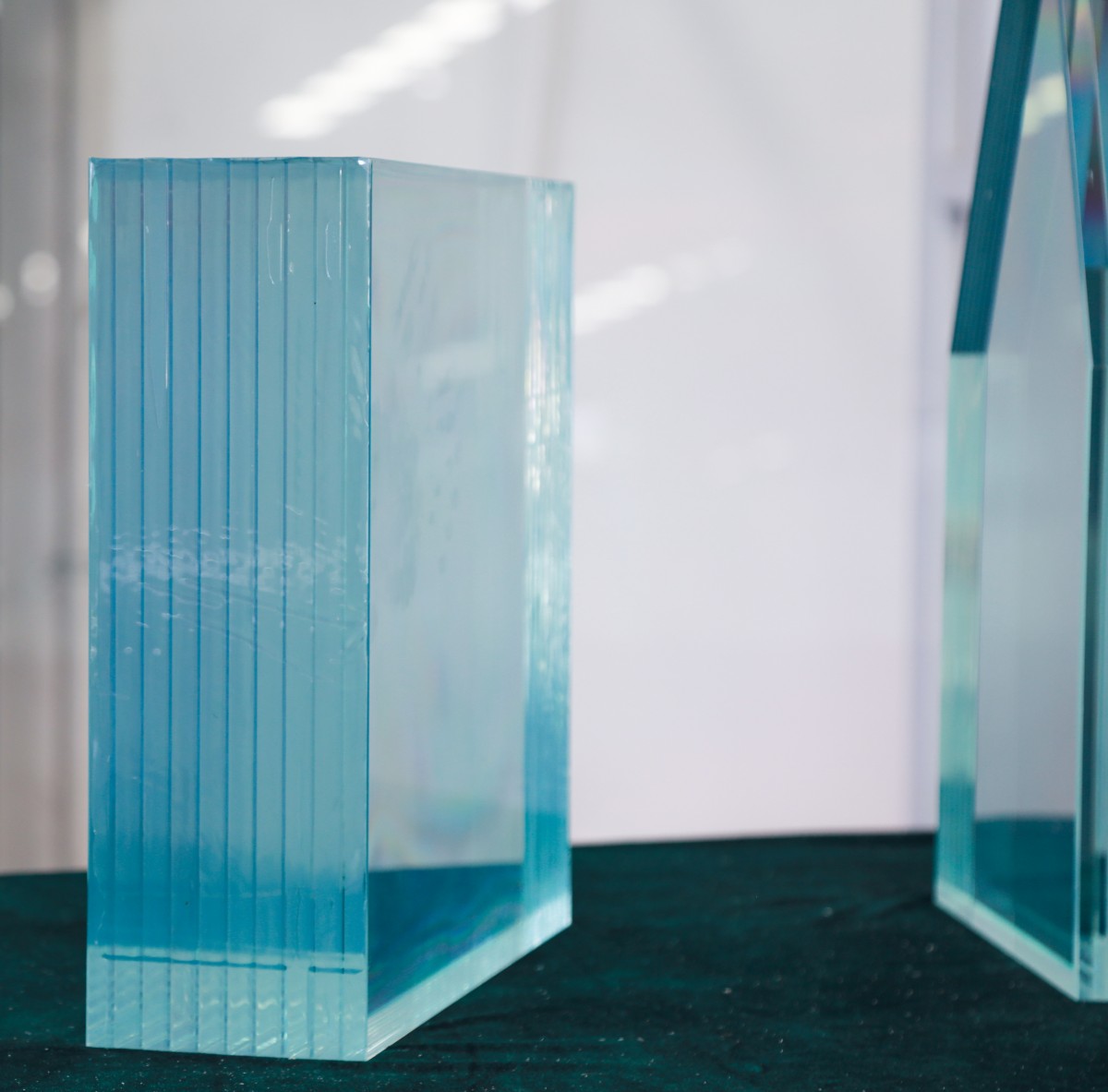Damp walls can be a persistent issue for homeowners, leading to mold growth, peeling paint, and structural damage. To combat this problem effectively, it is crucial to choose the best plaster that not only provides a durable and aesthetically pleasing finish but also addresses the underlying moisture concerns. In this article, we will explore the various types of plaster available and identify the ultimate solution for damp walls.
- Understanding the Causes of Damp Walls:
Before delving into the best plaster options, it is essential to comprehend the root causes of damp walls. Factors such as condensation, rising damp, and leaks can contribute to excessive moisture. Identifying and rectifying these issues is crucial for long-term success. - Traditional Plaster vs. Modern Solutions:
Traditional lime-based plaster has been widely used for centuries due to its breathability and ability to absorb moisture. However, it may not be the most suitable choice for damp walls. Modern alternatives, such as cement-based and gypsum-based plasters, offer enhanced water resistance and durability, making them ideal for combating dampness. - Cement-Based Plaster:
Cement-based plaster, also known as sand and cement render, is a popular choice for damp walls. Its high water resistance and strength make it suitable for both interior and exterior applications. Additionally, it provides excellent adhesion and can be applied in thicker coats, ensuring a robust barrier against moisture. - Gypsum-Based Plaster:
Gypsum-based plaster, commonly referred to as plasterboard or drywall, is another effective solution for damp walls. It consists of a gypsum core sandwiched between layers of paper, offering good moisture resistance. This type of plaster is easy to install, repair, and provides a smooth finish, making it a preferred choice for interior walls. - Specialist Damp-Proof Plasters:
In severe cases of dampness, specialist damp-proof plasters may be required. These plasters contain additives that actively repel moisture, preventing it from penetrating the wall surface. They are specifically designed to combat rising damp and provide a long-lasting solution for excessively damp walls.
Conclusion:
When it comes to addressing damp walls, selecting the right plaster is crucial for effective moisture management and long-term durability. While traditional lime-based plaster has its merits, modern solutions like cement-based and gypsum-based plasters offer superior water resistance and strength. Additionally, specialist damp-proof plasters provide an extra layer of protection against persistent dampness. By understanding the causes of dampness and choosing the appropriate plaster, homeowners can ensure a dry, healthy, and visually appealing living environment.

